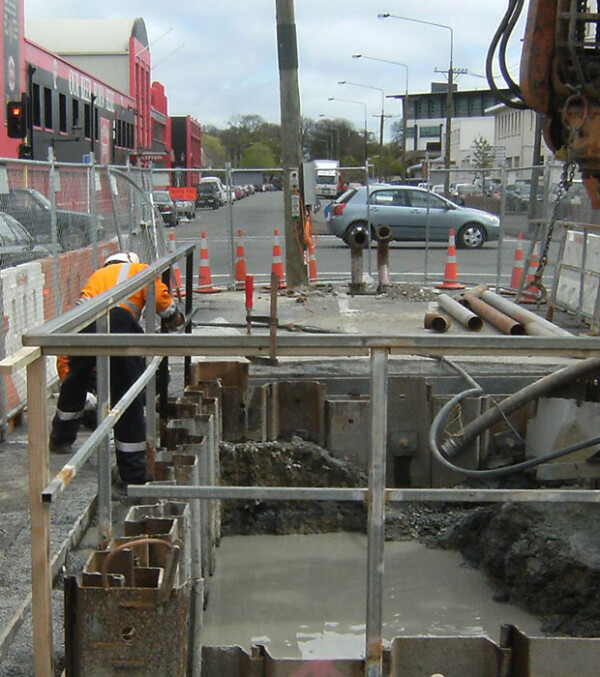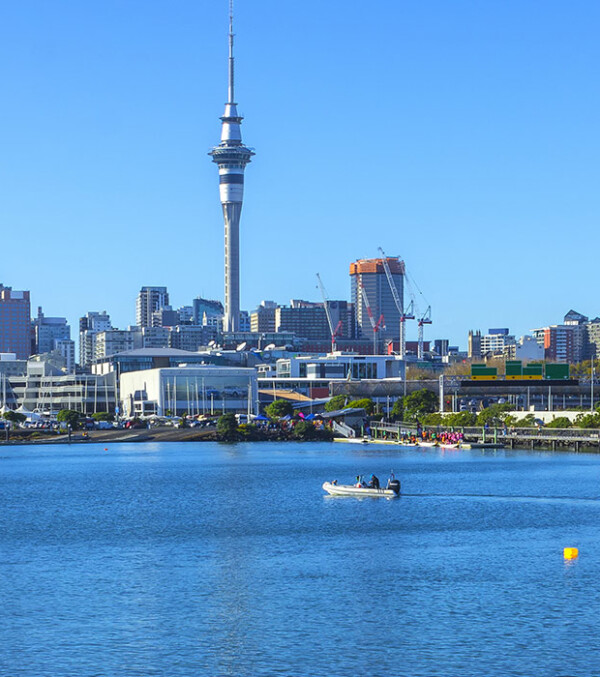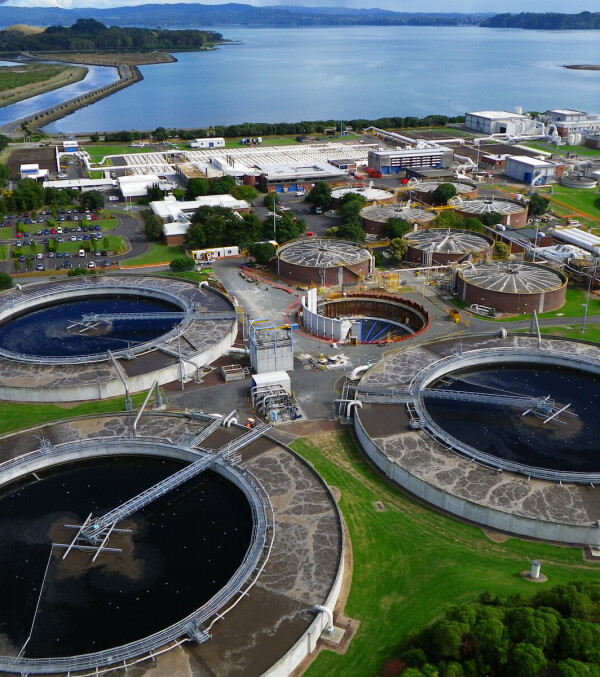|
Customer: Cook Islands Government Contract: Design and Construct Location: Rarotonga |
Fast Facts
|
Working across 10 different work sites, from private land to remote mountain terrain, we delivered a multi-staged upgrade of the water supply network on Rarotonga. Engaging a significant number of locals on the project, we've left a legacy of new skills and world-class water infrastruture for the Cook Islands.
As the largest infrastructure project ever undertaken in the Cook Islands, Te Mato Vai (meaning 'source of water') delivers fresh drinking water to all residential and commercial properties connected to the existing network. The project was an integral part of the Cook Islands National Sustainable Development Plan.
Our design and construct scope encompassed the upgrade of ten existing water intakes at remote sites across the island, construction of 12 km of replacement trunk main from the intakes to the new ring main, and minor upgrades to the access roads to eight of the 10 intakes.
We delivered the works in four separable portions (SP):
- SP1: Design of the new water treatment process.
- SP2: Construction of the 10 new intake structures, as well as sedimentation tanks, sand filters, AVGs, and bolted steel water storage tanks up to 20 m in diameter and 8.5 m high.
- SP3: (Build only) installation of 12 km of HDPE pipe connecting the new process facilities to the existing network
- SP4: Commissioning of the plant
The challenge
The intake structures were spread across 10 different work sites, from private land to challenging terrain deep in the mountains (including one at the top of waterfall!), making access difficult. Effective procurement, especially any long lead items was essential for the timely supply of materials to sites that were geographically remote and/or posed considerable logistical challenges.
The solution
Vigilant planning enabled us to install the structures safely in the challenging environment and maximise productivity across multiple work fronts. Extensive liaison with landowners was essential to undertake the works required in private land with minimal disruption.
Innovation on the island
We developed an alternative method for the construction of the storage tanks, which signifincatly reduced the amount of labour required to build the structure and work at height, greatly improving safety.
Employing local and upskiling for future employment
We engaged a significant number of local people and subcontractors on the project, injecting valuable income into the local economy. We trained a number of local staff as welders, providing them with valuable skills for use in future employment.
Our community involvement was well received during our time on the island. A successful family bbq day on the lagoon was attended by a large crowd who also came to support a large scale rubbish collection around the lagoon and airport. Featuring in the local newspapers, over three dump trucks of rubbish was collected and disposed of correctly.
Maximising local procurement for greater social benefit to the local people
Some materials were very specialised and therefore sourced from overseas, however a large portion was procured on island from Cook Island-owned businesses. Plant and machinery hire was often through local companies. Aggregates for trench backfill, foundation slabs and concrete batching was locally quarried. General building and formwork materials were purchased from local merchants. A wide variety of local subcontractors and companies were engaged through the course of the project. This included but not limited to customs clearance, shipping and freight, hiab and crane hire, concrete supply, fencing subcontractors and electricians.










